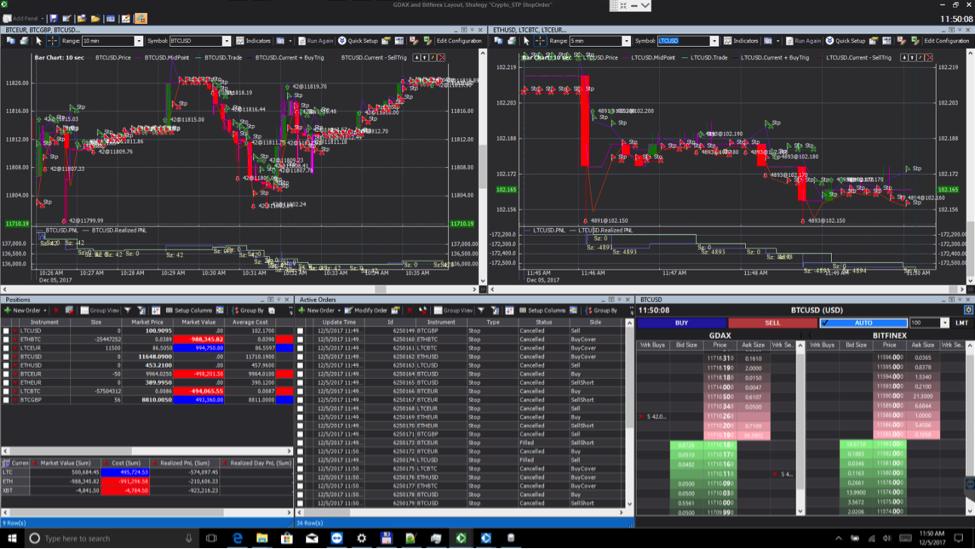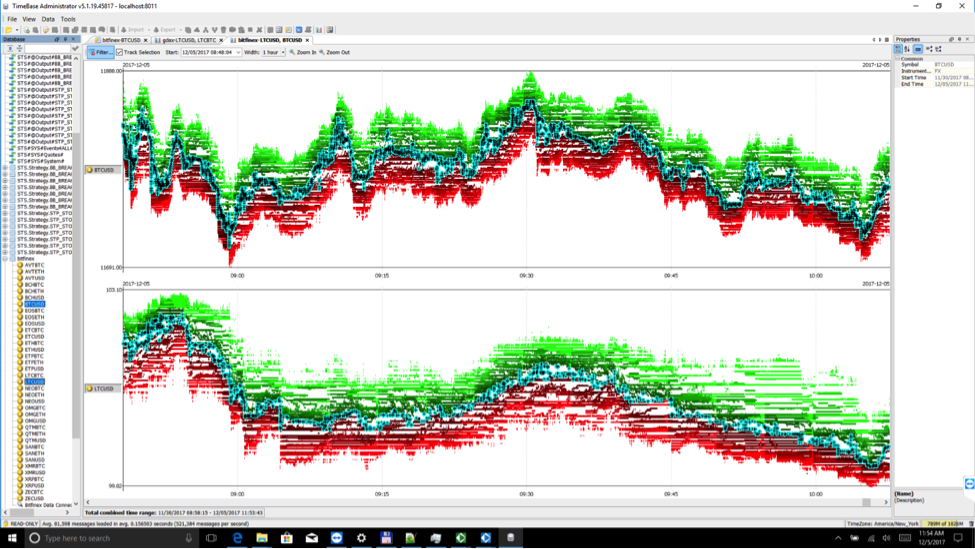There has been a marked uptick in the use of TCA (Transaction Cost Analysis) services within the FX market over the last few years. Doubtless significantly inspired by the FX Global Code and MiFID II, the use of TCA in FX has been suggested in some quarters to be a box-ticking exercise (although this charge is similarly levelled at TCA in other asset classes too). This is unfortunate, and maybe it’s time for a name change. The very name ‘TCA’ suggests an after-the-fact analysis which may never see the light of day again. Implicit here is the need for ‘pre-trade TCA’: helping traders intelligently decide the most appropriate execution algo for the required objective (how to execute) and on which venue (where to execute). Note that we use ‘execution algo’ here in the broadest sense, covering the method of order execution in general; whether using market, limit and other order types or true execution algos such as TWAP. We use ‘venue’ to include ECNs, banks and non-bank liquidity. Whatever the requirements are for regulatory, or indeed client reporting, surely the most important aspect of TCA (or ‘execution analysis’) is the use of post-trade analytics to inform and improve current and future (pre-trade) order execution.
Optimising execution quality means performing ongoing execution analysis in real-time to enable traders to make informed decisions for subsequent orders. The key point here is that market characteristics (e.g. volume, spreads and volatility) continually change. Therefore, measurement of execution quality should be continuous and part of the workflow of order execution in order that decisions on algo selection and venue are based on current market conditions and the extent to which they deviate from historical market conditions for similar orders.
The essential component required for such on-going analysis and decision-making is recording faithfully, in real-time, the full depth of the order book for each liquidity venue to which the firm is connected. With multiple liquidity providers (LPs), this is the proverbial “drinking from the firehose” which requires the ability for the trading system to ingest quote updates and trades at rates measured in hundreds of thousands per second. A key aspect here is that this quote recording system is plugged into the trading firm’s production trading infrastructure. As such, the latencies and infrastructure implicit in the trading firm’s particular set-up are baked into the historical time-series thus recorded, and it is more straightforward to intertwine orders, executions and the state of the order book at the time of each order and execution.
Once this recording system is part of the trading infrastructure, a time-series of trading-firm specific quotes and trades is automatically created and maintained. Again, by being part of the production trading infrastructure, this time-series production receives the necessary care and attention befitting such a valuable resource. This systematically maintained time-series database (or better, ‘knowledge base’) is the cornerstone of implementing a systematic approach to improving FX execution quality by appropriate algo and venue selection.
Of course, the lack of a central tape or official close prices as in equities and futures markets begs the question as to the relevant benchmark for measuring FX execution quality. But, when a firm is using TCA as part of a solution to improve execution quality (versus box-ticking), then the benchmark can and should be specific to the objectives of that firm’s FX trading (e.g. hedging versus intra-day trading).
Because of the fragmented nature of liquidity in the FX market, improving FX order execution is not just about how to execute (i.e. which execution algo to use). FX execution analysis has to operate across venues, so where to execute is also critical. This is preferably undertaken in real-time by a smart order routing (SOR) algo. SOR algos determine venue selection typically by looking at the best bid or offer simultaneously provided by each of the connected LPs. Depending on the time of day, currency pair, order size, required aggressiveness, etc, the SOR algo may send child orders to multiple LPs and may use multiple levels of liquidity. The intelligent SOR algo accounts for the historical fill ratio and rejections. Even if a venue offers the current best price, it may be more risky to route the flow to this venue if historically this location has a high rejection rate. Thus, it is essential to SOR operation to have access to the time-series of market data, orders and actual executions in order to calculate fill and rejection profiles for each liquidity venue. The calibration of the SOR algo should be continually evaluated. This is done by back-testing candidate SOR algos (including different parameterisation of the ‘same’ algo) against the firm’s own knowledge base of market data, orders and executions.
In summary, we need to combine traditional FX TCA with liquidity analysis across multiple venues and provide pre-trade analytics on current and historical data to provide traders with relevant and current analytics to optimise execution quality for the next order.
Related Content:
Order Execution Resources
AlgoCompass
This blog post by Stuart Farr originally appeared on the Best Execution website.


